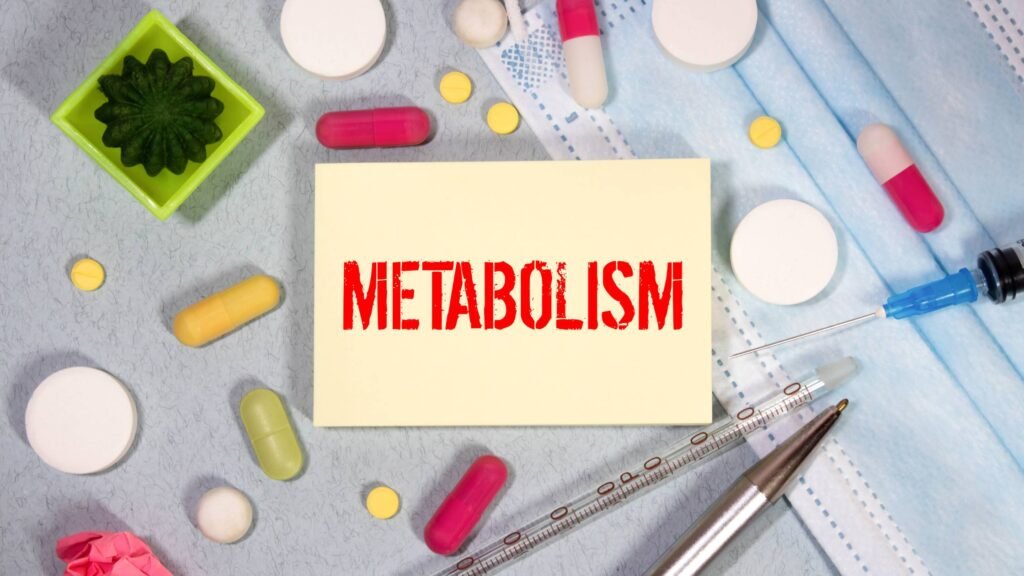Losing fat isn’t about magic pills or overnight results. It’s about smart, science-backed strategies that help your body work more efficiently.
Whether you’re aiming to tone up or simply feel healthier, burning fat faster is completely achievable with the right approach.

Here are 15 proven strategies to help you reach your fat-burning goals.
-
Start Your Day with Protein
Protein isn’t just essential for muscle repair—it’s also a powerful fat-burning nutrient.
Studies show that a high-protein breakfast can significantly reduce hunger hormones, helping to keep you feeling fuller longer while boosting fat metabolism.
Protein helps your body burn fat instead of muscle, which is critical for preserving lean muscle mass while you lose fat.
Swap out your usual bagel or cereal for options like eggs, Greek yogurt, or a protein smoothie packed with healthy fruits.
Adding a protein source to your first meal of the day can prevent overeating later on and help stabilize your blood sugar levels.
-
Incorporate High-Intensity Interval Training (HIIT)
HIIT workouts involve alternating between short bursts of intense activity and brief recovery periods, and they’re a fantastic way to burn fat.
Research shows that HIIT can burn more fat in less time compared to steady-state cardio.
What makes HIIT even more effective is its ability to elevate your metabolism long after the workout ends, keeping you in fat-burning mode for hours.
For example, you can try 20 seconds of sprinting followed by 40 seconds of walking or rest. Repeat this cycle for 15-20 minutes, and you’ll have a highly effective workout to help accelerate fat loss.
-
Drink Green Tea
Green tea is loaded with antioxidants called catechins, which have been shown to increase metabolism and promote fat loss.
Drinking 2-3 cups of green tea daily can enhance fat oxidation, especially when consumed before exercise.
The combination of caffeine and catechins in green tea may also improve endurance during workouts, helping you burn more fat.
If you’re not a fan of plain green tea, consider adding a bit of lemon or honey for flavor, but avoid excessive sugar.
-
Lift Weights
Strength training isn’t just for building muscle—it’s also a key strategy for increasing your metabolic rate.
The more muscle mass you have, the higher your resting metabolic rate, meaning your body burns more calories even when you’re at rest.
Lifting weights can also help reshape your body by reducing body fat while maintaining muscle.
Incorporate weightlifting exercises 2-3 times a week, focusing on compound movements like squats, deadlifts, and bench presses for maximum fat-burning benefits.
-
Eat More Fiber
Fiber is a crucial component of a fat-burning diet. It slows down digestion, keeps you full longer, and helps regulate your appetite.
Soluble fiber, in particular, has been shown to aid in fat loss by reducing abdominal fat.
High-fiber foods can prevent spikes in blood sugar and help regulate insulin levels, promoting fat-burning.
Try incorporating fiber-rich foods like oats, flaxseeds, avocados, and berries into your meals to ensure you’re meeting your daily fiber needs.
-
Don’t Skip Sleep
Sleep is one of the most powerful fat-loss tools you have at your disposal. Poor sleep can wreak havoc on your hunger hormones, leading to increased cravings and overeating.
When you’re well-rested, your body functions more efficiently, including fat metabolism.
Aim for 7-8 hours of quality sleep each night. Creating a bedtime routine, limiting screen time before bed, and ensuring a dark, cool sleep environment can help improve your sleep quality.
-
Stay Hydrated
Water plays a crucial role in fat metabolism. When you’re dehydrated, your body’s ability to break down fat for energy is impaired.
Staying hydrated also helps prevent overeating, as thirst is often confused with hunger.
Drinking water before meals can help you feel fuller, preventing you from overeating.
Aim for at least 8-10 glasses of water a day, and try starting each day with a large glass of water to kickstart hydration.
-
Add Healthy Fats to Your Diet
Not all fats are created equal. Healthy fats, such as those found in avocados, nuts, seeds, and olive oil, can help keep you full and satisfied, reducing cravings for unhealthy foods.
These fats also support metabolic processes and can help your body burn fat more efficiently.
While healthy fats are an essential part of a fat-loss diet, moderation is key, as they are calorie-dense. Stick to appropriate portion sizes to avoid overeating.
-
Cut Back on Processed Foods
Processed foods are loaded with added sugars, unhealthy fats, and refined carbs that promote fat storage and disrupt your body’s natural fat-burning processes.
They also lack the nutritional value of whole foods, which are essential for maintaining energy levels and muscle mass.
Focus on eating whole, nutrient-dense foods like lean proteins, vegetables, fruits, and whole grains.
These foods provide the vitamins, minerals, and fiber your body needs to support fat loss and overall health.
-
Get More Active Throughout the Day
Incorporating more movement throughout your day can make a big difference in your fat-burning efforts.
Non-exercise activity thermogenesis (NEAT)—the calories you burn from activities like walking, standing, and doing household chores—can significantly contribute to fat loss.
Take the stairs instead of the elevator, park further away from your destination, or even do a set of squats during TV commercial breaks. Every little bit adds up!
-
Use Smaller Plates
Portion control is essential for managing calorie intake without the need for strict dieting. One easy way to control portions is to use smaller plates.
Studies have shown that people tend to eat less when they use smaller plates because they feel they are getting more food, even when they are eating smaller portions.
This simple strategy can help prevent overeating, making it easier to maintain a calorie deficit for fat loss.
-
Add Spices to Your Meals
Certain spices, such as cayenne pepper, turmeric, and ginger, can slightly increase your metabolism.
Capsaicin, found in chili peppers, is known to boost calorie burn and fat oxidation.
Plus, adding spices to meals can make healthy dishes more flavorful, making it easier to stick to a fat-burning diet.
Experiment with different spices to add variety and excitement to your meals while boosting fat-burning potential.
-
Avoid Sugary Drinks
Liquid calories, such as those found in sugary drinks, energy drinks, and sweetened teas, don’t provide the same sense of fullness as solid foods and can lead to excess calorie consumption.
These drinks are often loaded with added sugars and can quickly sabotage your fat-loss efforts.
Instead of sugary beverages, opt for water, herbal teas, or black coffee to keep your calorie intake in check.
-
Practice Intermittent Fasting
Intermittent fasting (IF) is an eating pattern where you alternate between periods of fasting and eating.
Research shows that intermittent fasting can help you burn fat more efficiently while preserving muscle mass. It may also improve insulin sensitivity, which is beneficial for fat loss.
Popular methods include the 16/8 approach (fasting for 16 hours and eating during an 8-hour window) or the 5:2 diet (eating normally for 5 days and restricting calories for 2 days).
-
Keep Stress in Check
Chronic stress triggers the release of cortisol, a hormone that promotes fat storage, especially around the abdomen.
High stress levels can also lead to emotional eating and poor lifestyle choices that hinder fat loss.
Incorporating stress-relief techniques like yoga, meditation, deep breathing exercises, or even a 10-minute walk can help lower cortisol levels and support your fat-loss journey.
Final Thoughts
Burning fat faster isn’t about extreme diets or spending hours at the gym. It’s about making science-backed lifestyle changes that you can maintain over time.
Start by implementing a few of these strategies into your daily routine, and gradually build on them for long-term success. Consistency is the key—small, sustainable changes lead to lasting results.
Which of these tips are you most excited to try? Remember, every step you take is a step closer to your goal. You’ve got this!
Can I lose fat without exercising?
While exercise is one of the most effective ways to burn fat, it’s possible to lose fat through dietary changes alone.
Prioritizing a balanced, nutrient-dense diet, drinking plenty of water, and controlling portion sizes can help you burn fat.
However, incorporating physical activity like walking or strength training can significantly speed up the process.
How much protein should I eat for fat loss?
The recommended amount of protein varies depending on your activity level, weight, and fat loss goals.
However, a general guideline is to aim for 1.6–2.2 grams of protein per kilogram of body weight per day.
Protein helps preserve muscle mass while promoting fat loss, so including a good source of protein in every meal is essential.
How long does it take to see results from these strategies?
Fat loss is a gradual process and can vary from person to person. But with consistency, many people start seeing noticeable changes in body composition within 3–4 weeks.
However, for sustainable fat loss, aim for a steady, gradual reduction in body fat rather than quick, drastic changes. Patience and consistency are key!

